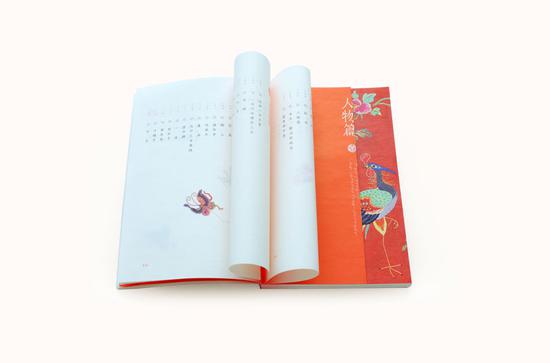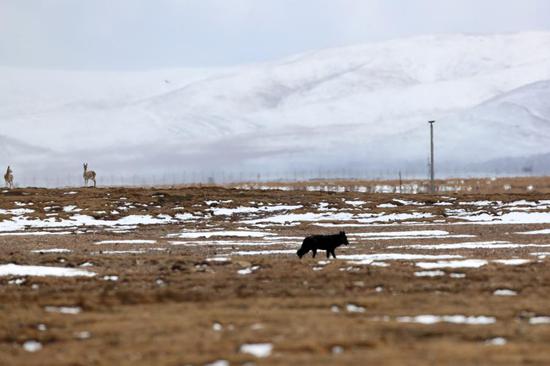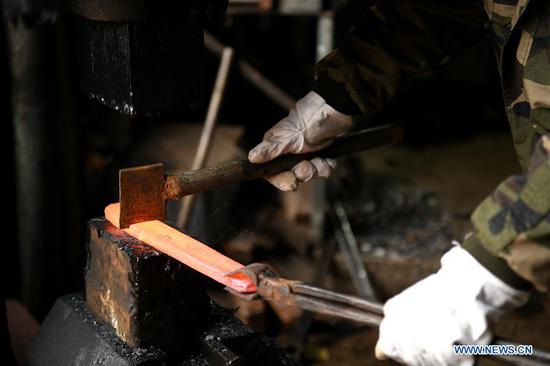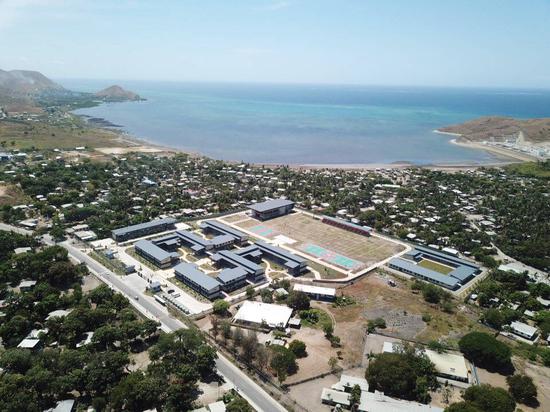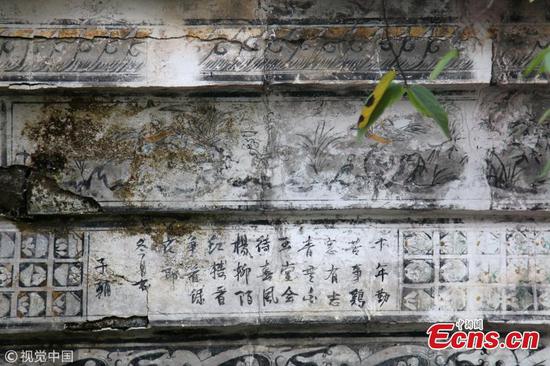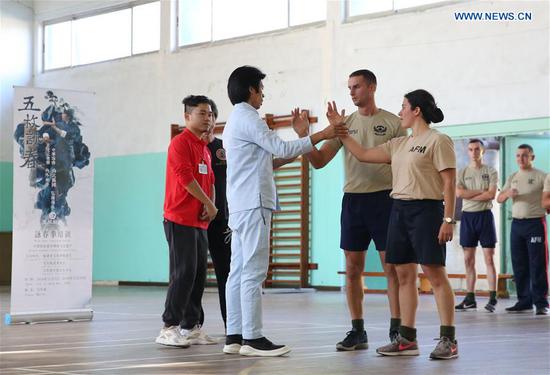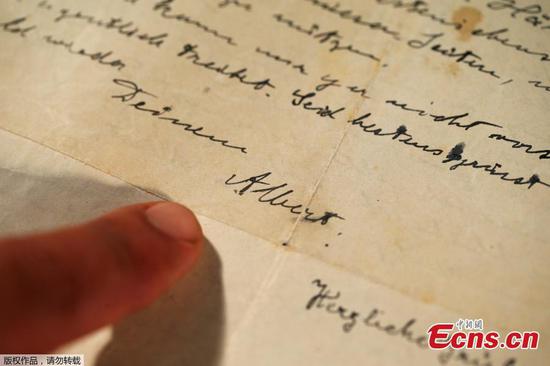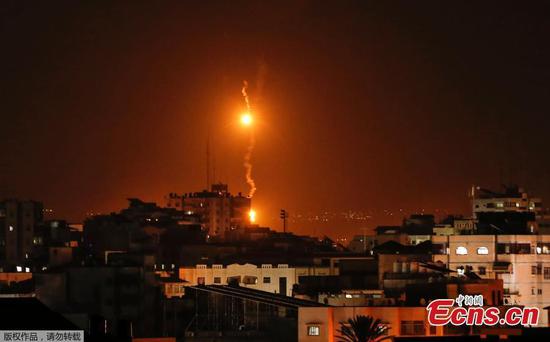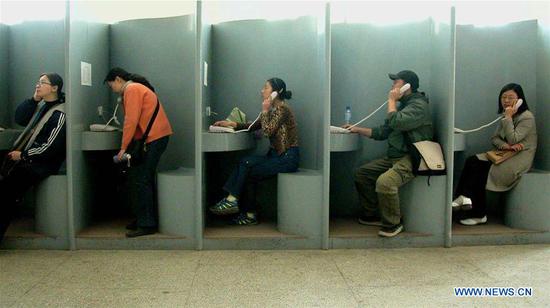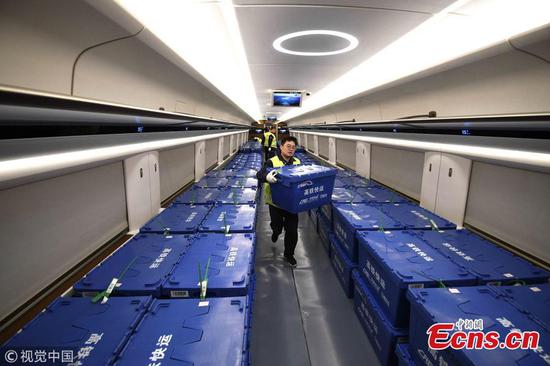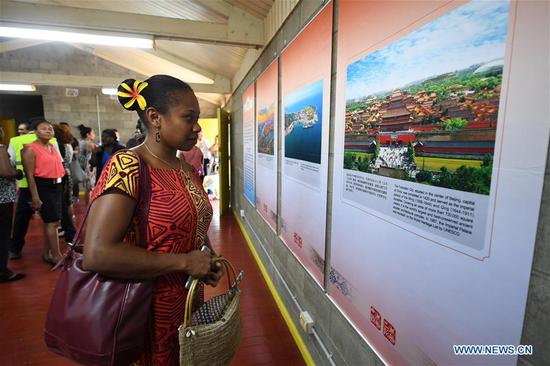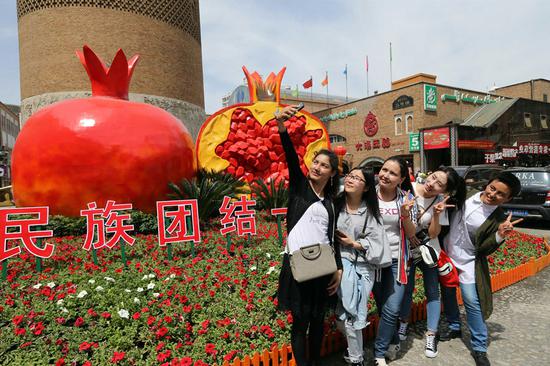
Visitors pose for a selfie at the entrance of the Xinjiang International Bazaar in Urumqi, capital of the Xinjiang Uygur autonomous region. (Photo by Li Xiongxin/For China Daily)
The spoken and written languages of ethnic groups are widely used in Xinjiang, said a white paper released Thursday by the State Council Information Office.
Language, in both spoken and written forms, is an important carrier and a distinct symbol of culture, said the white paper, titled "Cultural Protection and Development in Xinjiang."
It said the Chinese government works hard to promote the use of the standard Chinese language, protects by law ethnic people's freedom to use and develop their own languages, and advocates and encourages ethnic groups to learn spoken and written languages from each other, so as to promote language communication and ethnic unity among all Chinese people.
Spoken and written ethnic minority languages are protected in a scientific way, it said, adding that currently 10 spoken and written languages are used among the various ethnic groups of Xinjiang.
Ethnic minority languages are extensively used in such areas as judicature, administration, education, press and publishing, radio and television, internet, and public affairs, it added.
Multilingual press and publication and radio and television are a major feature of Xinjiang, according to the white paper. Xinjiang publishes newspapers, books, audio and video products, and e-publications in six spoken and written languages - Chinese, Uygur, Kazak, Kirgiz, Mongolian and Xibe.
Also, the government encourages ethnic groups to learn spoken and written languages from each other, it noted. For many years, it has been a common practice that different ethnic groups of Xinjiang learn languages from each other.
More and more people are becoming bilingual or multilingual, which promotes communication and integration among all the ethnic groups, according to the white paper.











